Stroom Invest Interviews / artist Paul de Jong
Paul de Jong (1985) has his studio in the former school building at the Helena van Doeverenplantsoen in The Hague. Paintings, sketches and drawings hang on the walls of the studio on the first floor. The room smells of paint and the materials are spread out on large tables. De Jong studied Painting at the KABK and graduated in 2013.
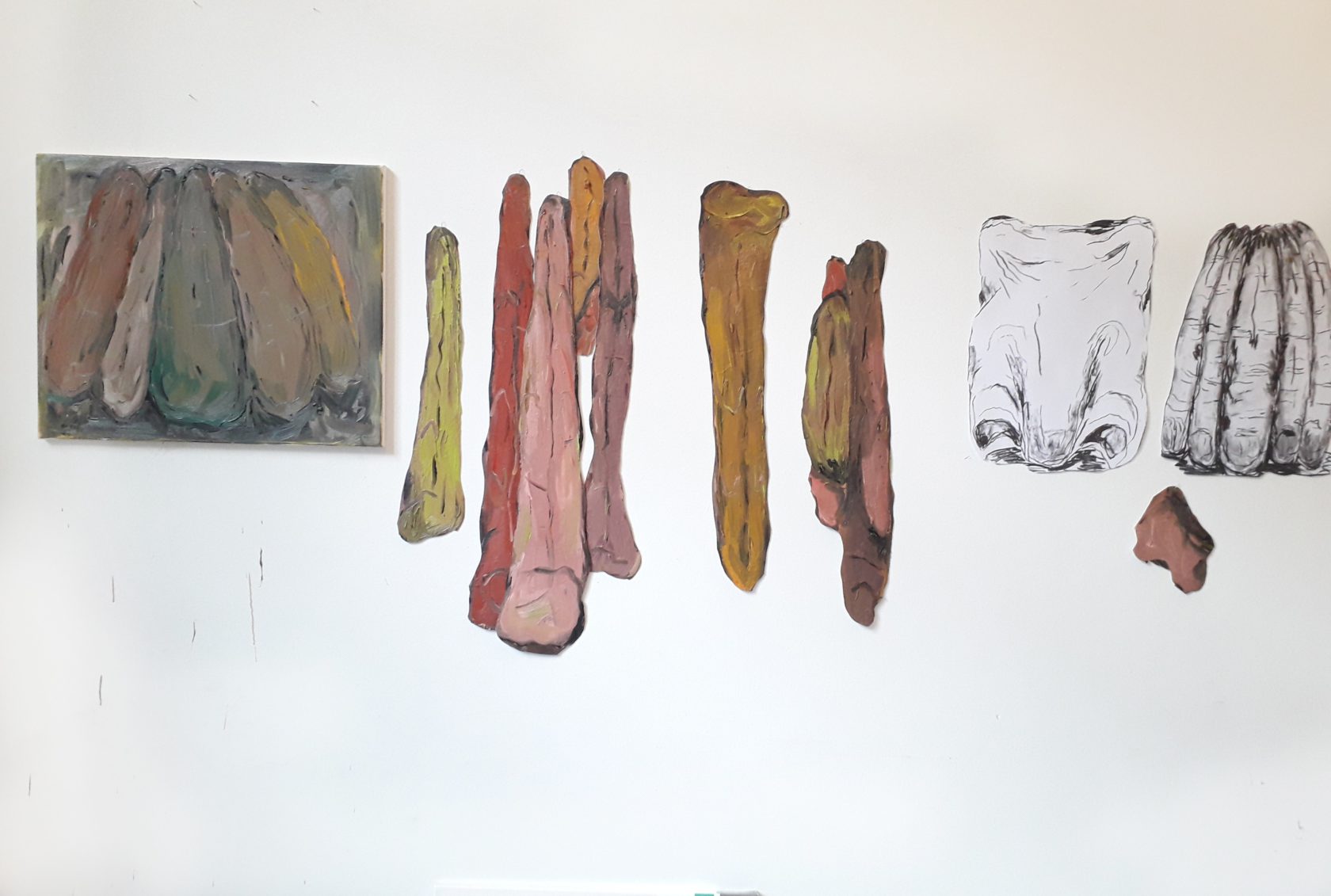
Art did not play a prominent role in his youth. His uncle is an artist and his mother sometimes took him to museums. But his interest in art only really aroused after high school.
“After high school I took five gap years. I skateboarded a lot, I still do that, and I got to know many friends. It was a good group to be in with graphic designers and painters. During that time I also started photographing.
My mother suggested me to study photography. I had absolutely no idea these studies even existed. I was accepted at the KABK, but I soon realised that photography was too limited for me. It was oppressive. At that time I was already drawing and painting a lot with friends, so I switched to fine arts. It was never a conscious choice to become a painter, it was more a step by step process. Studying at the KABK was good, but also tough. It is confronting when you show your work to strangers and they say it is not that good.
Johan van Oord, one of my teachers at KABK, influenced me and my work a lot. At first I found him an intimidating man. Most teachers always said that my work was good, but he told me once in front of a crowd that he thought my work was terrible. It bothered me for a while. Until I suddenly realised that he was right. That was probably the most important moment during my time at the KABK. Eventually I got along with him pretty well, and it was because of him that I dared to take further steps.”
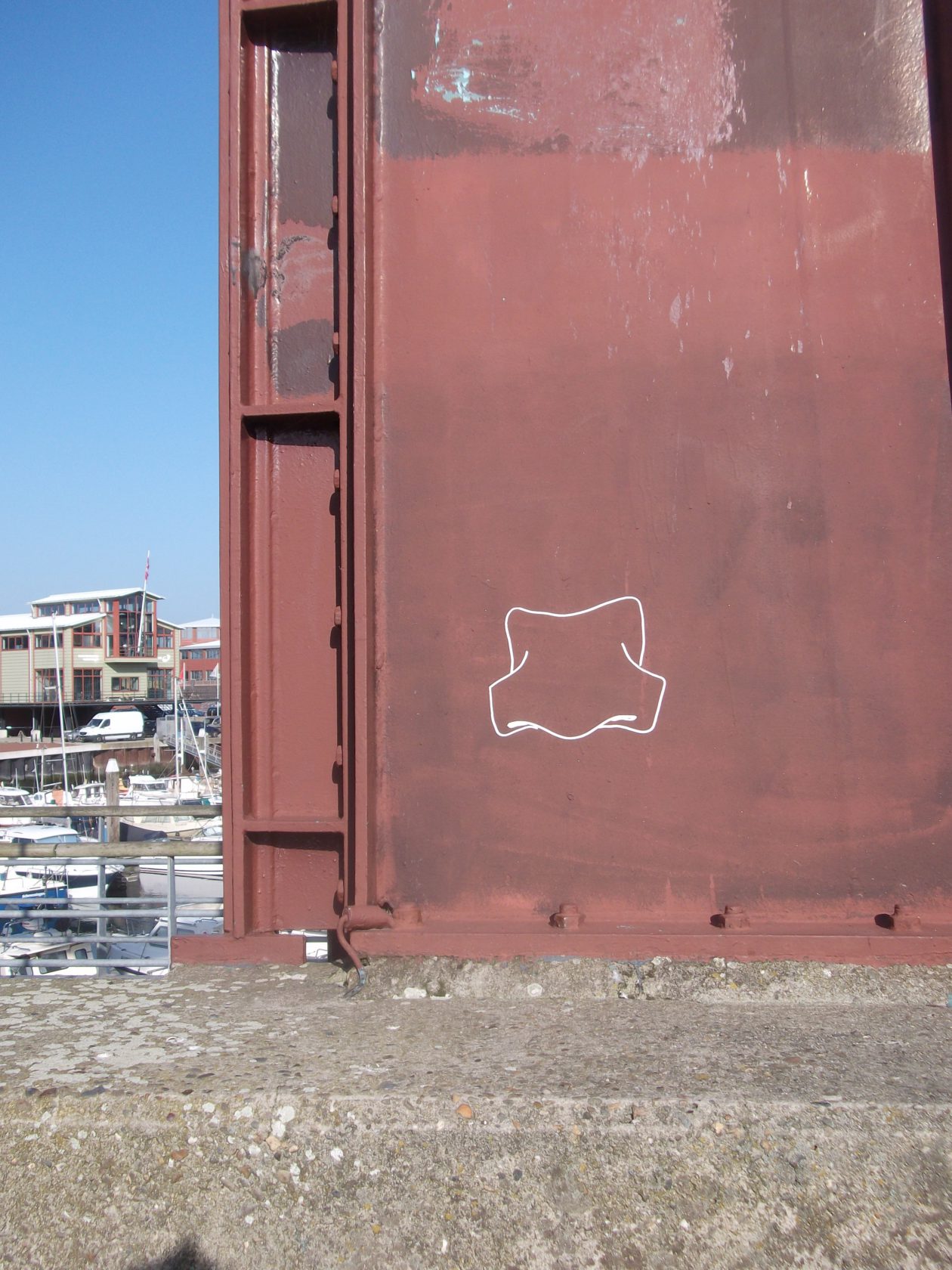
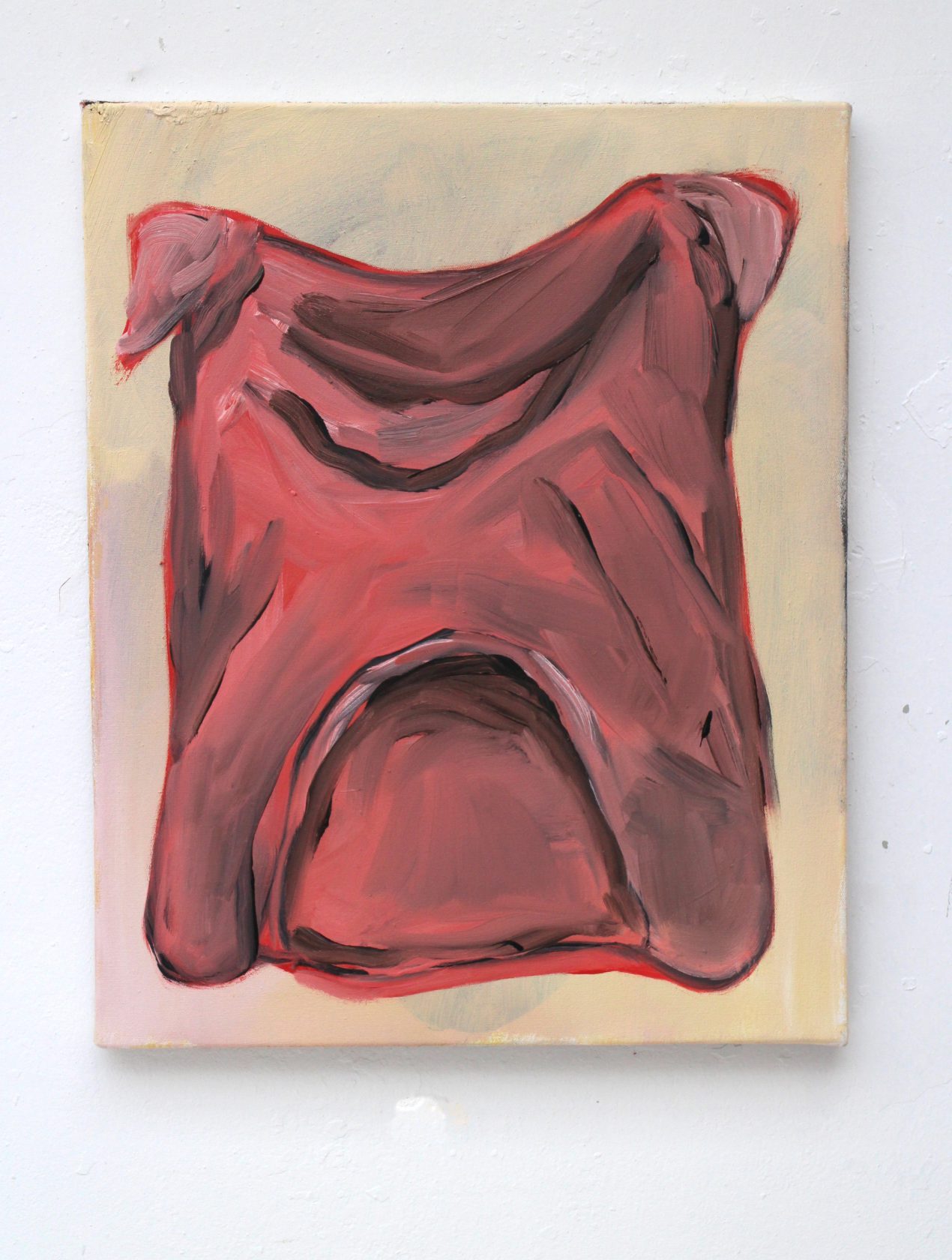
Paul’s approach is investigative, both at the academy and still today. He hopes that his work shows what concerns him/ displays what is on his mind. What is your work about?
“I never know how to answer that question. I also find it difficult to answer when people ask me what inspires me. I see my work more as a dialogue. I feel that things that I find interesting pop up while I’m working and I don’t dictate what I find interesting.
It actually always happens in different phases. Sometimes I paint more, then I spend more time on detailed drawings and some other time I am busy with photography. It is always changing between my fields of interest. I don’t really have a fixed method. But things must always be new to me and somewhat unknown. If it becomes familiar then I feel it is sort of done.
I’m afraid to repeat myself. That I’m going to imitate myself. If I know what I am doing too well, I have to let it go. That is sometimes unfortunate, because I want to make things that work. But the danger is that I always use the same formula.
In the first year at the KABK, I made a painting of the view from my house. I overlooked roof tiles. That same thing was reflected in my last work. I wasn’t aware of this at all, I only found out later that I had already done that before. So I notice that sometimes something comes back from a couple of years ago, but in a different way. If I do that consciously, it won’t work. Unfortunately.”
In 2017, Paul was nominated for the Koninklijke Prijs voor Vrije Schilderkunst (Royal Award for Modern Painting). A lot of people came to see his work and it delivered him a job here and there. But it hasn’t changed his work.
“It’s mostly nice for my mum, she has a picture of me and king Willem Alexander now.
The selection of work is of course subject to a jury that wants to radiate a certain vision, you can fit in one moment and not fit in the next. I think it’s important not to seek too much confirmation with things like prizes.
Recognition is of course also a strange thing. I am not quite sure yet what I think of it. For me it is most important that a work that I have made, has surprised me. And if people within my circle think so too.”
During a residency at VHDG in Leeuwarden in 2018, Paul consciously stepped outside of his own circle.
“You can easily get into some kind of routine in your own work and your own circle. You often do not even realise that this is happening. But it is good to step outside every once in a while, because then you can oversee everything better.
In Leeuwarden, there was no assignment or theme, I wanted to see what would happen when I stayed in a different environment for a month. It was very valuable, I didn’t work much in the studio, but I watched many things instead.
That is how I saw the Eise Eisinga Planetarium in Franeker for example. It is one of the most beautiful things I have ever seen. The planetarium is 300 years old and was made in a living room. It may be as big as my studio. With the knowledge of that time, the maker has built a fully working scale model of the universe. And that model still works today. That man was just a hobbyist and painted everything by hand. I possibly find this even more inspiring than a museum. I also spend a lot of time on comics and I try to see many things outside the art world. ”
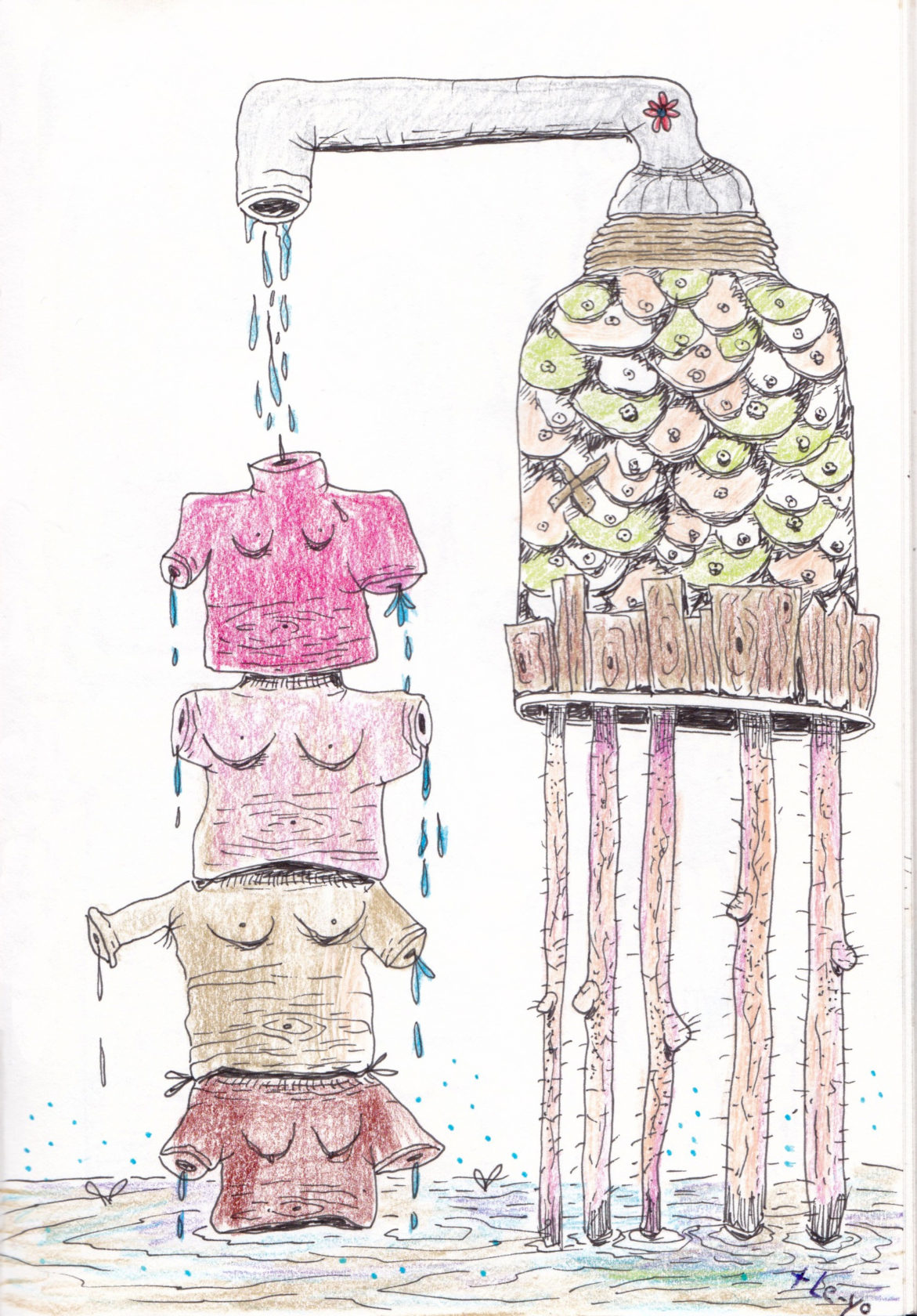
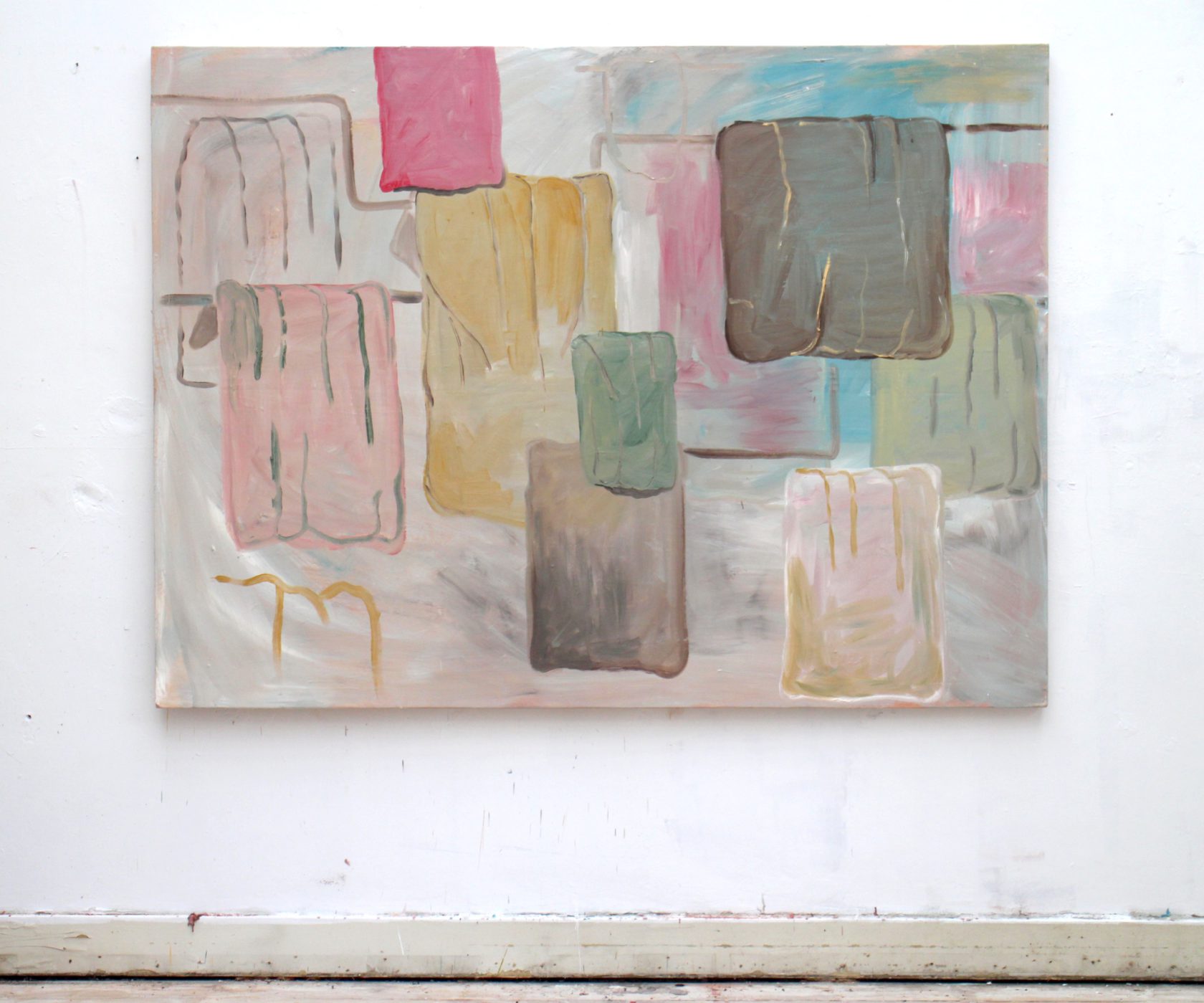
When artist-run-gallery Billytown moved to the Helena van Doeverenplantsoen half a year ago, a number of studios were available. Paul got one of the studios. What is it like working there?
“One moment I can isolate myself and another moment I can ask people to join me. I really like that. Whenever I am in doubt about something, I ask someone to come over and take a look. I do need criticism. And sometimes when I ask someone to take that look, I notice that I start apologizing for the work I have made. Then I know enough.”
In addition to creating his own work, Paul has a side job at exhibition space West in The Hague. He saw the exhibition of video artist Gary Hill there and found it one of the best exhibitions he has ever seen.
“I now mainly focus on making drawings and paintings, but that does not mean that I only want to see paintings or talk about paint. For my own work I sometimes do experiments with other materials as well. Not that I want to make a video work immediately, but I will keep that option open. Otherwise it gets boring.”
Working at West inspires him, but it makes Paul also more productive.
“I work at West two or three days a week now and I like that. A while ago, I received grants from both Stroom Invest and the Mondriaan Fund. That gave me some financial independence and I decided to quit my job and planned to solely work in my studio. You would expect that to pay off immediately, but the opposite actually happened. I was experiencing a lot of pressure and a kind of dependency. That was not so productive for me. I must be able to find a middle ground. “
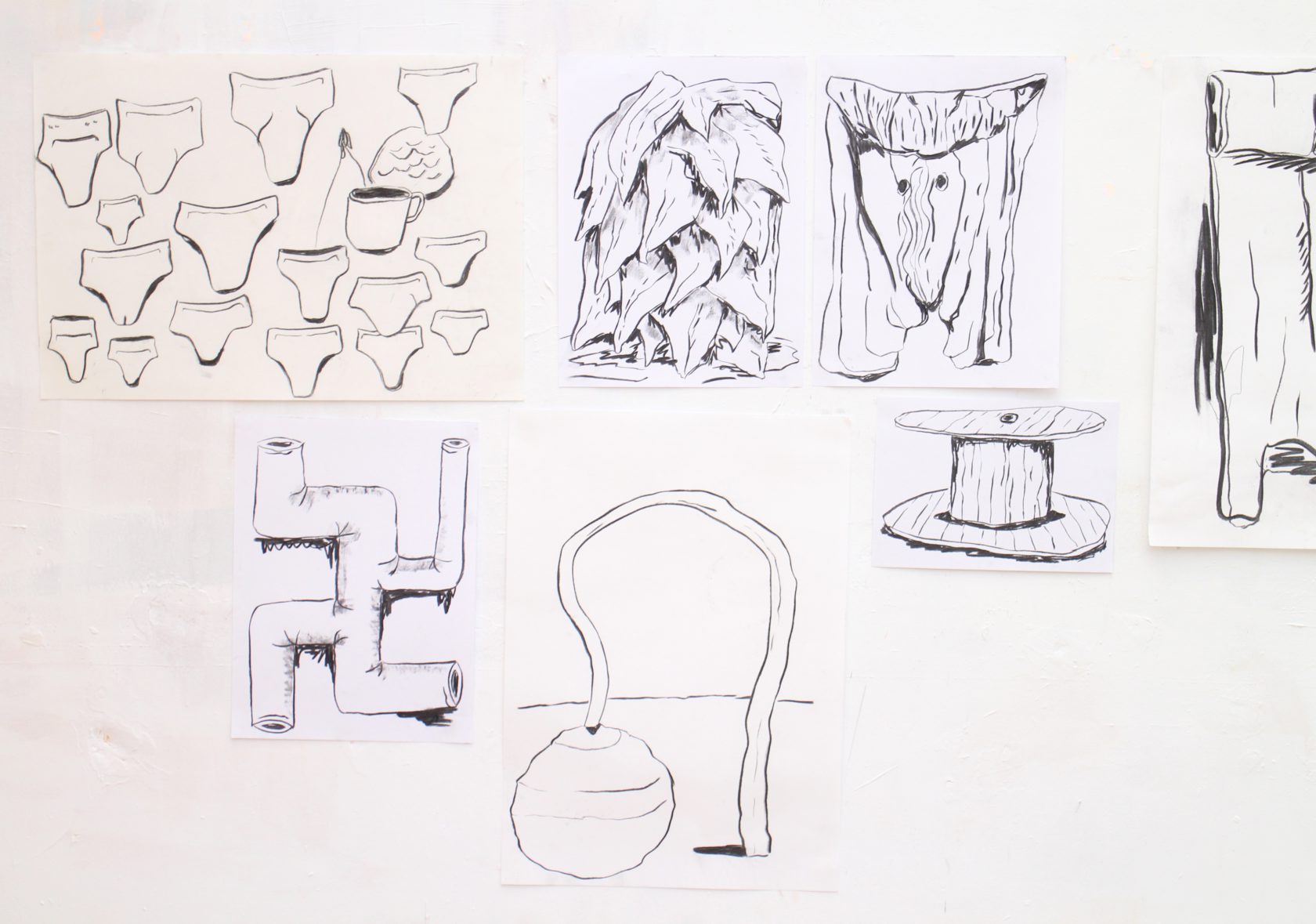

How do you see the future?
“I am a bit worried about the financial situation of myself and other artists. There is less and less money available, which creates a competitive field that does not benefit the working practice. I feel that being an artist is not a career, but that you are forced to think in this way because of the increasing emphasis on cultural entrepreneurship.
I also post on Instagram sometimes. As a result, more people see my work. I even think that more people see my work on Instagram than at an actual exhibition. The network is much larger. I once looked up if you can turn off your likes on Instagram so that people can no longer like your photo. I find such a like culture confusing. It makes me wonder why that specific work gets more likes than the other work. Is that other work not good or something? It is a strange form of criticism. If you do not post anything at all, that is not helpful either. You have to participate, but I have mixed feelings about it.
I don’t really have ambitions with my work. Of course I would like to make work that I am happy with. But ambition, I find it almost rude to ask that of my work.”
————————————–
In a collaboration between Jegens & Tevens and Stroom Den Haag a series of interviews will be published with (inter)national curators, artists and critics participating in Stroom’s Invest Week 2019.
The Invest Week is an annual 4-day program for artists who were granted the PRO Invest subsidy. This subsidy supports young artists based in The Hague in the development of their artistic practice and is aimed to keep artists and graduates of the art academy in the city of The Hague. In order to give the artists an extra incentive, Stroom organizes this week that consists of a public evening of talks, a program of studio visits, presentations and a number of informal meetings. The intent is to broaden the visibility of artists from The Hague through future exhibitions, presentations and exchange programs. The Invest Week 2019 will take place from 17th to 21th June.